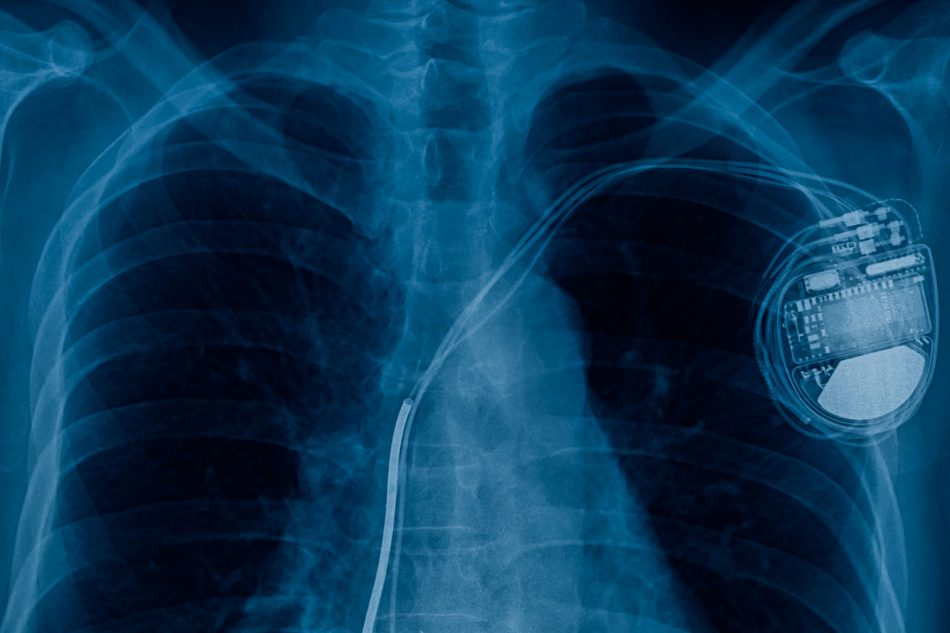Technology
There has been no era like ours for the rapid development of technology. Stay updated on the hottest trends and advancements from all over the world.

MIT scientists recycle plastic bags to develop a new sustainable fabric
Plastic grocery bags are one of the most pernicious types of plastic waste. Now, scientists say they have developed a technique that could recycle plastic bags into the fabrics of the future. MIT researchers have come up with a method that can transform polyethylene into lightweight fabrics that Read More...

Artificial intelligence and nanotechnology may help solve world hunger
According to the United Nations, about 840 million people will experience hunger by 2030. This growing global challenge to feed people will only be exacerbated by climate change, increasing populations, and degrading soil quality. Some researchers, however, claim that artificial intelligence and Read More...

This brain implant will stop migraine pain in its tracks
Nothing stops you from having a productive day like a head-splitting migraine—but luckily, researchers at New York University (NYU) are working on a brain implant that will stop a migraine in its tracks before you even feel it. The implant has only been tested on rats, but the results are Read More...

This wireless pacemaker dissolves once your body doesn't need it
A team of researchers from Northwestern University has developed a revolutionary temporary pacemaker that is absorbed by the body once it’s no longer needed. Pacemakers are incredible devices that are implanted in patients’ bodies to help regulate their heartbeat. The first pacemaker was Read More...

NHS to pilot blood test that can accurately diagnose 50 types of cancer
Detecting cancer before it spreads too far means that treatment is more likely to be successful, thus significantly increasing the patient’s chances of survival. However, for many types of cancer, early diagnosis is very complicated, which makes the disease a leading cause of death Read More...

These sanitary pads change color when they detect an infection
Checking up on our reproductive health should be something that we do regularly and for most of us, it's as easy as booking an appointment at the doctor's office. Unfortunately, for many people who live in less privileged parts of the world and can’t access quality healthcare, infections can Read More...

Lobster-inspired hydrogel could help build artificial tendons
Earlier this year, we shared a story about how lobsters are inspiring scientists to develop stronger 3D-printed concrete. In a similar manner, scientists are now turning to the intricate architecture of the crustacean’s underbelly to develop a strong and stretchy hydrogel-based material. The MIT Read More...

Spora trains doctors to deliver better care to patients of color
Systemic inequalities put Black Americans at higher risk for many diseases than white Americans, but even within medical institutions equipped to treat these diseases, Black patients are often denied the highest caliber of care. New startup Spora aims to improve medical equity by providing a Read More...

Innovative exoskeleton technology allows paralyzed race car driver to walk once again
Paralyzed race car driver Sam Schmidt took his first steps in over two decades last month, thanks to an exoskeleton designed by Arrow Electronics. Schmidt, who has been paralyzed from his shoulders down since a racing accident in 2000, grew emotional as he walked around and gave full-body Read More...

3 Smart solutions to space junk
Planet Earth's trash is more than enough for us to deal with, but that doesn’t mean we should forget about the mess we've left behind in space. Space junk presents a potential threat to functioning spacecraft because not only is there plenty of it (tens of thousands of pieces of space trash Read More...


